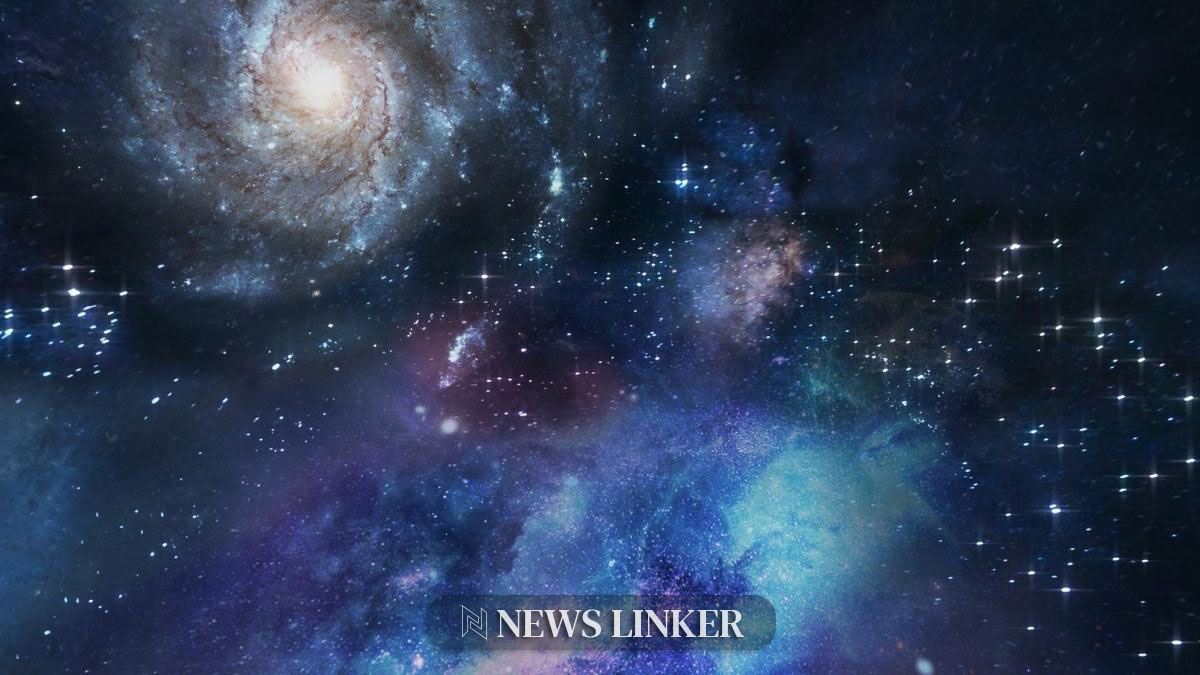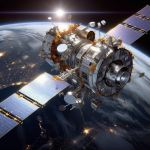Anticipation is growing in Huntsville, Alabama, as the community prepares for a rare astronomical occurrence. On April 8, 2024, between 1 and 3 p.m., a total solar eclipse will cast its shadow across 15 states, offering a unique spectacle for residents and visitors. This celestial event, where the Moon completely obscures the Sun, leaving only the solar corona visible, has been a source of fascination and study throughout history.
Huntsville’s Eclipse Celebrations
In the spirit of this astronomical marvel, the U.S. Space & Rocket Center in Huntsville, in partnership with the Alabama Space Grant Consortium and NASA’s Marshall Space Flight Center, is hosting an eclipse watch party. The event promises to draw crowds with activities tailored for children and informative presentations about the eclipse. Attendees at the watch party will receive special eclipse glasses for safe viewing. Marshall team members and the community will have the added convenience of food trucks stationed at the event, enhancing the experience with a variety of culinary delights.
Educational Activities and Live Broadcasts
Leveraging the educational potential of the event, experts from NASA and Marshall are collaborating with the city of Russellville, Arkansas, to provide educational outreach and panel discussions. With more than 100,000 tourists expected, Russellville will also host part of NASA’s live television broadcast, offering the public a comprehensive look at the solar phenomenon. For those unable to attend in person, NASA’s live coverage across multiple digital platforms will provide a virtual front-row seat to the eclipse. Viewers are encouraged to take necessary safety precautions to protect their eyes from potentially harmful solar radiation during the eclipse.
Scientific Insights
Dennis Gallagher, a plasma physicist at Marshall, highlights that the eclipse offers an invaluable opportunity to observe the intricacies of the Sun’s magnetic field and its consequential solar flares and coronal mass ejections. Such events are not only a marvel to watch but also have significant implications for space weather and its interactions with Earth. Gallagher specifically notes the potential visibility of ionized gas structures extending from the Sun’s surface during the eclipse, offering a rare glimpse into the Sun’s magnetic activities.
Complementary Studies and Experiments
Other scientific endeavors include the Hi-C Rocket Experiment, as reported by Jessica Barnett, which aims to capture high-resolution imagery of solar flares. This experiment represents a landmark collaboration, with rockets set to launch during an active solar flare for pivotal solar research. Additionally, the upcoming children’s book “Hooray for SLS!” seeks to educate younger generations about NASA’s Space Launch System as part of the Artemis Generation initiative.
Implications for the Reader
- Total solar eclipses offer rare research opportunities to study the Sun’s magnetic activities.
- Public engagement in astronomical events fosters educational outreach and scientific curiosity.
- Observing solar eclipses requires appropriate safety measures to protect one’s eyesight.
In conclusion, the total solar eclipse presents not only a magnificent natural display but also serves as a catalyst for community engagement, scientific discovery, and educational enrichment. The collaboration between NASA, local institutions, and the community exemplifies a collective eagerness to delve into the mysteries of our celestial neighbor, the Sun. As the eclipse approaches, Huntsville stands ready to embrace the darkness and the revelations it may bring.










